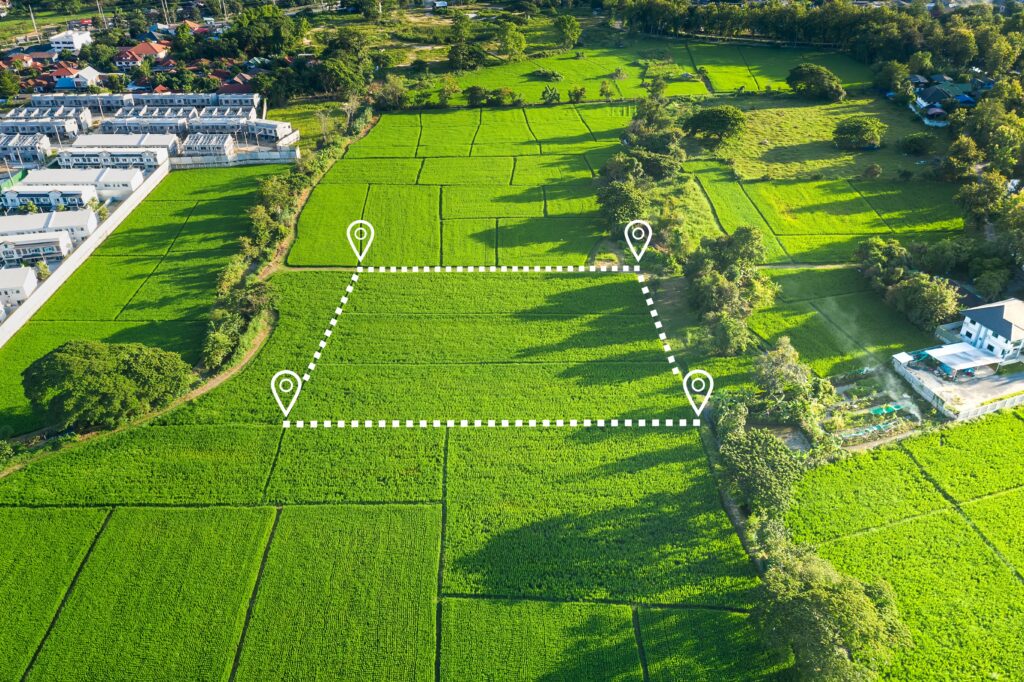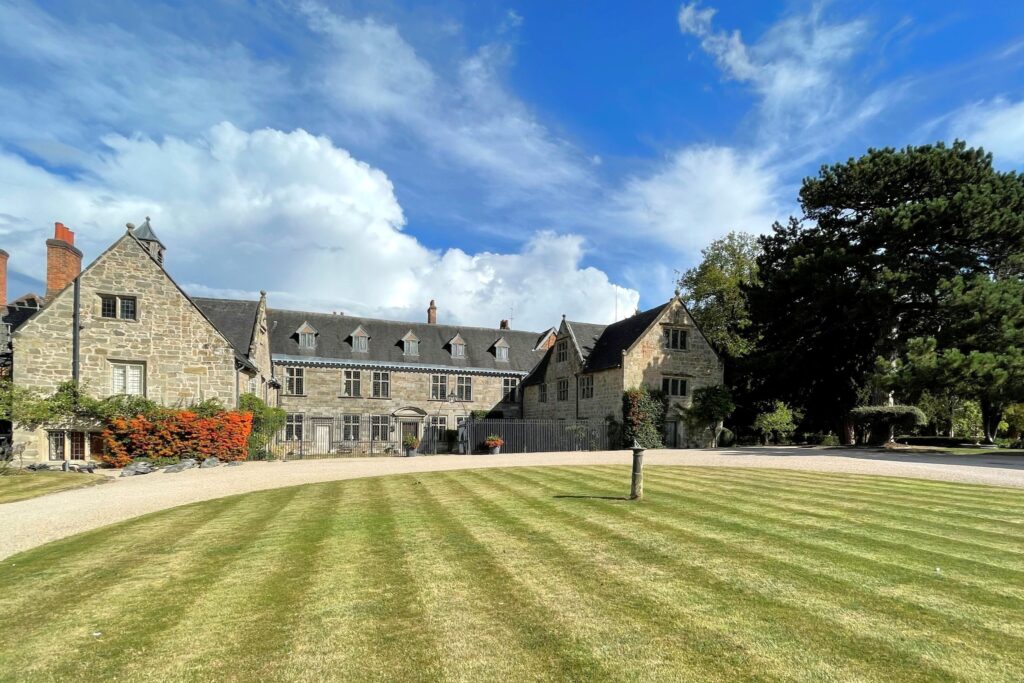What landowners need to know about biodiversity net gain legal agreements
Since 12 February 2024, most new developments must deliver a biodiversity net gain (BNG) of at least 10% compared to pre-development levels. This legal requirement, introduced by the Environment Act 2021, means developers must have their BNG strategy in place before starting work.
This can be achieved in several ways: by improving biodiversity on-site, buying off-site biodiversity units, or, if necessary, purchasing government credits as a last resort.
Using your land for biodiversity
We work with landowners and BNG operators across the country to secure the legal agreements needed to create Habitat Gain Sites (HGSs). These are areas of land where habitats are created or enhanced to produce BNG units, which can then be registered and sold to developers who need them.
The number of units a site can generate depends on its size, the types of enhancements planned, and an ecologist’s assessment of the land. Using the statutory biodiversity metric, an ecologist calculates the habitat’s value before and after works are carried out. Once units are created, the land must then be managed and maintained under an approved Habitat Management and Monitoring Plan (HMMP), often for decades to come.
If you’re considering using your land as an HGS, thorough due diligence is essential. You’ll need to confirm that there are no restrictions affecting the land and that the title is suitable for this type of long-term commitment. My colleague Amy Cowdell has written more about the importance of title checks.
Securing BNG units – the legal agreements
BNG units can only be sold once they are secured by a legal agreement and registered on the National Register. There are two ways to do this:
- Section 106 agreements, entered into with the local planning authority
- Conservation covenants, agreed with a responsible body, such as a conservation organisation
Whichever route is chosen, both agreements carry a minimum 30-year management obligation. Natural England will only approve registration once it’s satisfied that this long-term management is secured.
How the 30-year rule works
The 30-year period doesn’t begin on the date the agreement is signed — it starts only when the habitat creation or enhancement works have been completed and formally signed off, often via a completion certificate. This detail is crucial because the timing can affect how your agreements are structured.
For example, if you hold a leasehold interest in the land, the lease must run for longer than 30 years so there’s enough time to complete the works and manage the site afterwards. In some cases, habitat creation happens in phases rather than all at once. That can mean each phase has its own completion date and, therefore, a separate 30-year management period.
Because of this, it’s important that the HMMP and the legal agreement are fully aligned and that everyone involved understands what counts as “completion.” Clarity on timings helps avoid confusion later on, especially where multiple habitat types or phased works are involved.
Why good advice matters
BNG brings new opportunities for landowners but also significant long-term responsibilities. The legal agreements for Habitat Gain Sites can bind land for 30 years or more, so getting the right advice early is essential. Careful planning now can save time, avoid unexpected costs, and ensure you meet all regulatory requirements.






